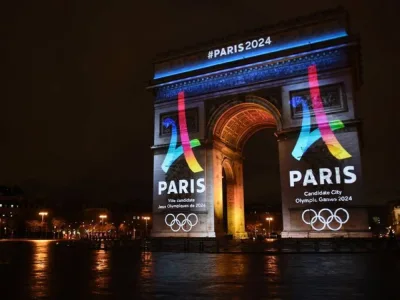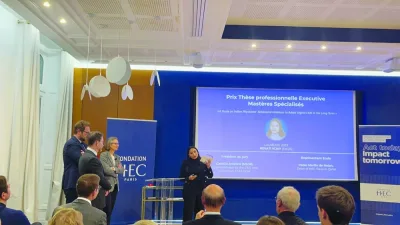If last year’s climate talks in Paris saw UN member-states designing a (climate-friendly) engine, this year they have been tinkering with it, figuring out how to bring it up to speed.
Despite the setback of the US presidential elections that delivered the White House to climate change denialist Donald Trump, countries which attended the recent talks in Morocco were at least united in purpose.
But the task ahead is daunting. In Paris, the parties committed to a long-term goal of curbing global warming to well below 2 degrees Celsius above pre-industrial levels. The more aspirational 1.5 degree goal seems further out of reach with every passing year.
If the US, the world’s second largest greenhouse gas emitter, walks away, it will only become more difficult.
The year 2016 is poised to become the hottest year on record, surpassing the previous record set in 2015. In vulnerable parts of the world, the impacts of climate change are already major drivers of humanitarian crises.
The two-week meeting in Marrakesh marked the start of a process meant to bring all the countries up to speed on climate action – linked also to progress on economic development and poverty eradication for vulnerable countries.
Delegates from Africa, vulnerable small island states, Asia, and other developing regions came to Marrakesh asking rich nations to ramp up their contributions for climate adaptation. People in coastal cities need sea walls to stave off rising tides; farmers in arid regions need to move to find fresh water; and rolling out drought-resistant crops is not free.
The UN Environment Programme estimates that adaptation is going to cost between $280 and $500bn per year by 2050 in developing countries alone.
This year, rich countries presented a finance roadmap detailing how they will deliver on their $100bn commitment on overall climate financing by 2020, a politically important promise made in 2009.
Making the Paris Agreement work requires a rule book. The first step is to ensure that all countries are able to measure their progress and report back to the UN in a transparent way. Once the transparency framework is completed, countries will be expected to record their actions and show their progress every two years. The only way to make the Paris Agreement work is through collaboration, and Marrakesh saw the launch of a number of sharing platforms.
One of the most significant is the partnership around Nationally Determined Contributions. It’s a coalition of developing and developed countries and international institutions working together with the aim to share research findings, best practices and direct money where it is most needed to accelerate climate progress.
Members believe that improving technology and infrastructure will in turn attract private investors and help developing countries kickstart their green economies, breaking free from aid ties.
The Paris Agreement engine has been cranked up, encouraging growth in the renewable sector and providing a boost to clean development worldwide. In two years’ time, the parties will reconvene to sign off on the rule book, and from 2020 countries will have to take responsibility for their own progress.
2016 is poised to become the hottest year on record, surpassing the previous record set in 2015

Viewpoint


